World Survey Of Underwater Attack Drones (OWA-AUVs)




 A new trend in naval warfare are one-way-attack autonomous underwater vehicles (OWA-AUVs). In general OWA-AUVs are weaponized underwater vehicles which combine the range and autonomy of AUVs with a warhead like a torpedo. They are slow so mainly to be used against relatively static targets, such as ships in port or at anchor, or offshore infrastructure.
A new trend in naval warfare are one-way-attack autonomous underwater vehicles (OWA-AUVs). In general OWA-AUVs are weaponized underwater vehicles which combine the range and autonomy of AUVs with a warhead like a torpedo. They are slow so mainly to be used against relatively static targets, such as ships in port or at anchor, or offshore infrastructure.
Several countries and non-state actors are already operating them. Like many aspects of unconventional naval warfare it’s an area where the major powers, and the West in general, is lagging.
There are of course pre-cursors, there always are. Torpedoes have been shot into ports in the hope of hitting ships. And I suspect that at least one Western Navy has operated a similar type of weapon out of the public eye. But in reality this trend is new and fresh. It is brought about partly by the maturing of uncrewed underwater technology.
It might be tempting to view these as the underwater equivalent of the Shahed drones being launched at Ukraine. Except that in the naval arena it’s more about surprise and stealth than numbers. Here is a summary of the publicly known types:
Marichka Underwater Drone, Ukraine
 Marichka (МАРІЧКА) is a new large autonomous underwater vehicle (AUV) being developed by AMMO Ukraine. It is around 6 meters long and 1 meter in dimeter. Construction is metal with all or most of the hull being a pressure vessel. A keel appears to run along the bottom, and there are the expected towing loops. The warhead is carried inside the main fuselage.
Marichka (МАРІЧКА) is a new large autonomous underwater vehicle (AUV) being developed by AMMO Ukraine. It is around 6 meters long and 1 meter in dimeter. Construction is metal with all or most of the hull being a pressure vessel. A keel appears to run along the bottom, and there are the expected towing loops. The warhead is carried inside the main fuselage.
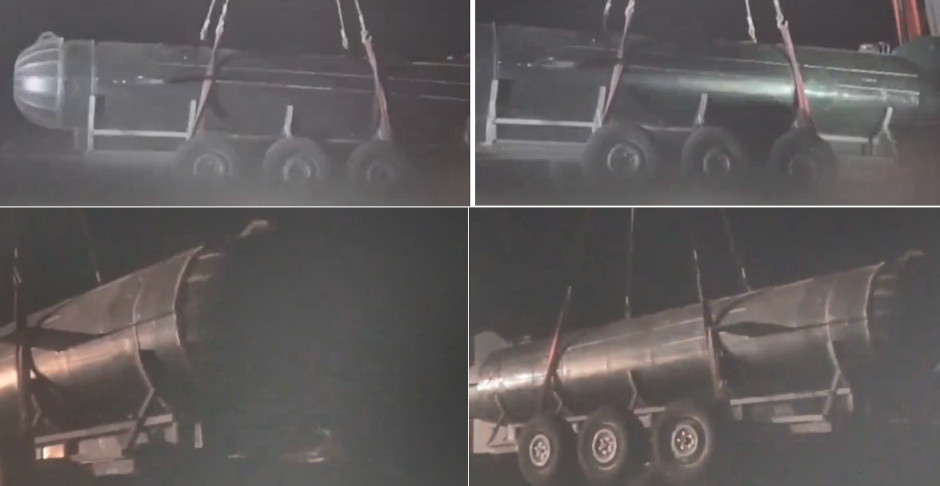
Video stills of the prototype being lowered into the water.
There is no confirmation whether it will enter service with Ukrainian forces. At least two prototypes exist however and it has been tested. Development continues.
Toloka TLK-150, Ukraine
 The smallest OWA-AUV so far, this was the first revealed by Ukrainian engineers. The design is unconventional, showing its homegrown nature. It has larger stabilizers than other UUVs and much wider spaced propulsors (propellers). Range and warhead are likely shorter and smaller than other types. The developers do propose much larger Toloka types however.
The smallest OWA-AUV so far, this was the first revealed by Ukrainian engineers. The design is unconventional, showing its homegrown nature. It has larger stabilizers than other UUVs and much wider spaced propulsors (propellers). Range and warhead are likely shorter and smaller than other types. The developers do propose much larger Toloka types however.
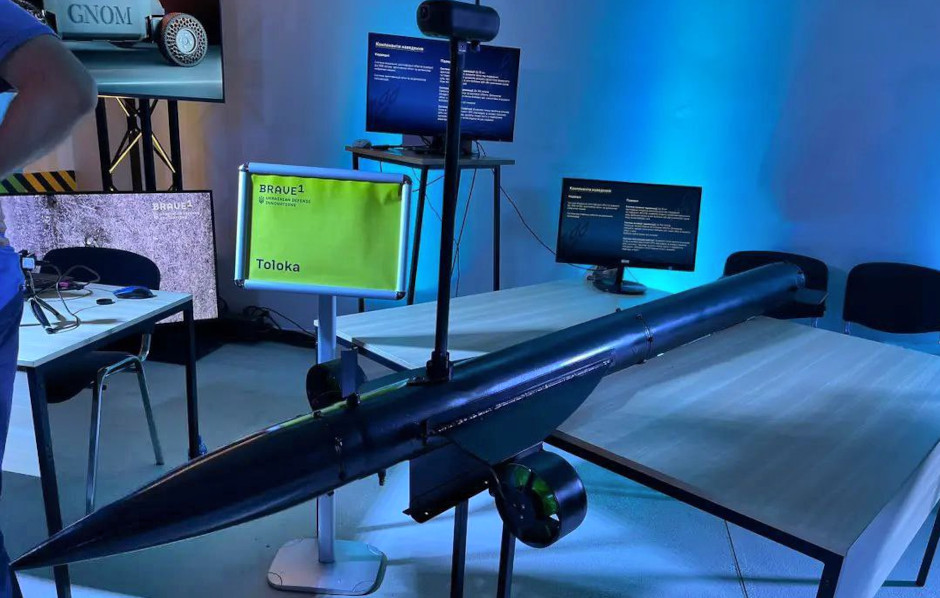
Al-Asef, Hamas (Gaza)
 This torpedo-like weapon first came to light in May 2021, but gained greater attention during the 2022 conflict. Guidance is either internal, or at least extremely limited, once launched. It appears to use an air-briefing internal combustion engine of some sort, but many details remain unclear. It is comparatively small which allows Hamas to launch it over the beach, carried by four people.
This torpedo-like weapon first came to light in May 2021, but gained greater attention during the 2022 conflict. Guidance is either internal, or at least extremely limited, once launched. It appears to use an air-briefing internal combustion engine of some sort, but many details remain unclear. It is comparatively small which allows Hamas to launch it over the beach, carried by four people.
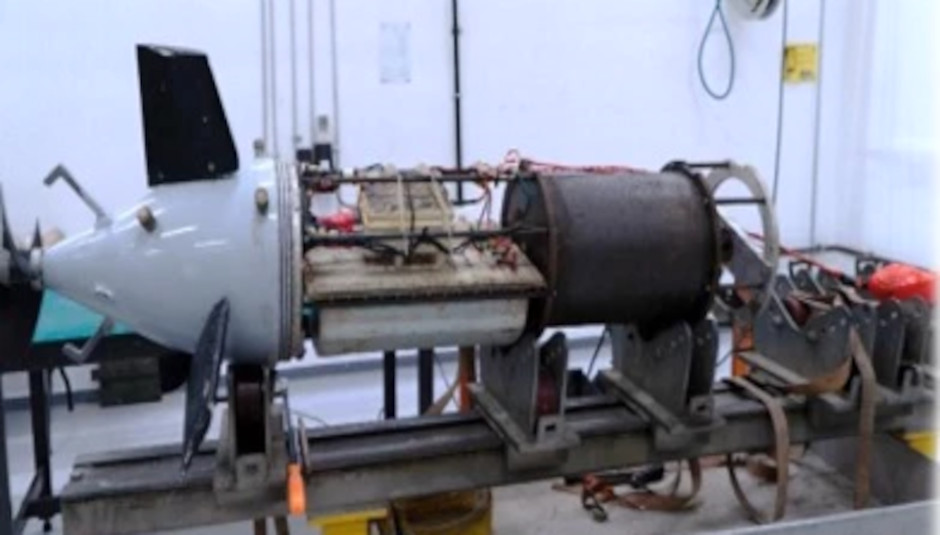
Example of Hamas' garage-built underwater vehicle after being captured by Israel.
Loitering Torpedo, Iran
 This is essentially a blending of uncrewed underwater vehicle (UUV) technology and a torpedo. There have been attacks on merchant ships in the Persian Gulf in the past few years which were attributed to the IRGC (Islamic Revolutionary Guard Corps). Some of the attacks were on ships at anchor, and it was speculated that they involved drones like this.
This is essentially a blending of uncrewed underwater vehicle (UUV) technology and a torpedo. There have been attacks on merchant ships in the Persian Gulf in the past few years which were attributed to the IRGC (Islamic Revolutionary Guard Corps). Some of the attacks were on ships at anchor, and it was speculated that they involved drones like this.
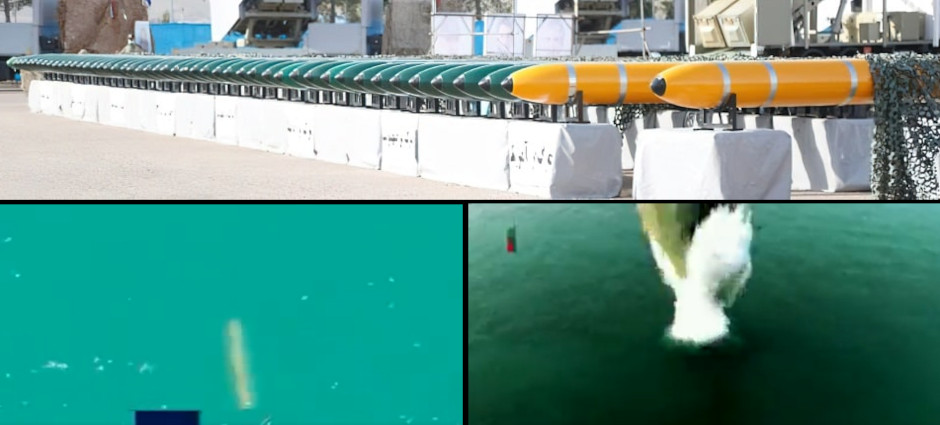
This is approximately the same diameter as a heavyweight torpedo (533mm /21") but somewhat shorter.
Nazir-5, Iran
 It is unconfirmed whether the Nazir-5 is a one-way-attack vehicle, but that is the most straightforward explanation. It has been developed for the IRGC (Islamic Revolutionary Guard Corps) who have been actively involved in maritime hybrid warfare in recent years. This design is much larger than the loitering torpedo, implying a much greater range, which is reportedly at least 500 km. It appears electrically powered with most of the fuselage likely dedicated to lead-acid batteries. Overall a logical design.
It is unconfirmed whether the Nazir-5 is a one-way-attack vehicle, but that is the most straightforward explanation. It has been developed for the IRGC (Islamic Revolutionary Guard Corps) who have been actively involved in maritime hybrid warfare in recent years. This design is much larger than the loitering torpedo, implying a much greater range, which is reportedly at least 500 km. It appears electrically powered with most of the fuselage likely dedicated to lead-acid batteries. Overall a logical design.
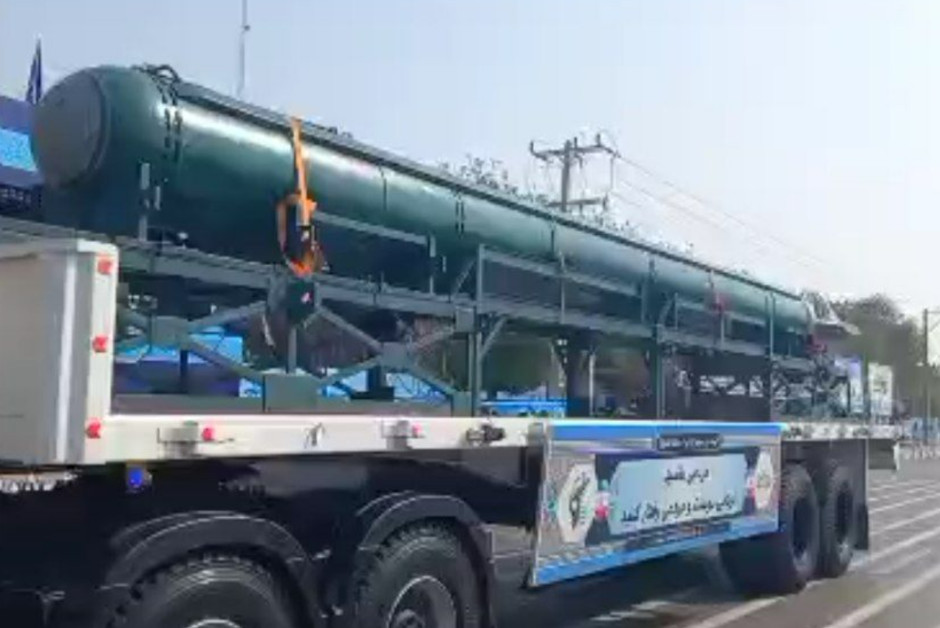
Haeil, North Korea
 The Haeil is north Korea’s answer to a Poseidon (see below), but with much more modest specifications. At least two versions exist and the naming between them is unclear.
The Haeil is north Korea’s answer to a Poseidon (see below), but with much more modest specifications. At least two versions exist and the naming between them is unclear.
One version, described as the Haeil-2 (but I suspect -1) is essentially a very large torpedo. It runs on or very near the surface. It appears to have a passive-active homing head. Few details are available.
The second version is much larger, around 16 meters long. This is North Korea”s Poseidon wannabe, portrayed as a potentially nuclear-armed doomsday wonder-weapon.
It appears to be diesel-electric which should give it longer range but at the cost of stealth. Much of the time it would be running awash.
One version of the Haeil, it’s unclear which, has reportedly demonstrated a range of 1,000km and endurance of several days.
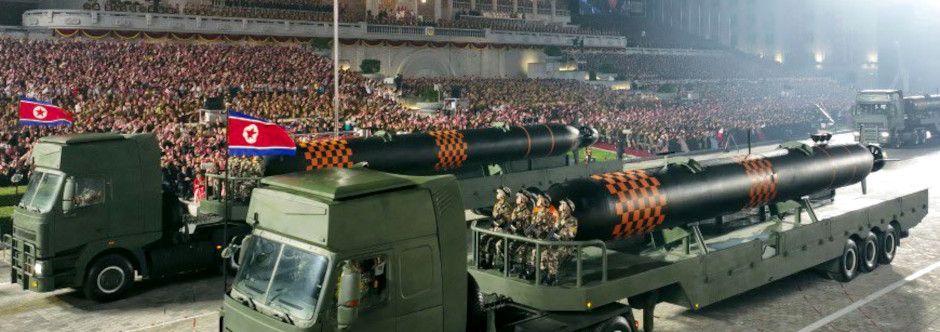
Two Haeil OWA-AUVs paraded in July 2023.
Poseidon
 2м39 'Poseidon' (Посейдон) / 'Status-6' / NATO: KANYON is in a different category to the others. It is an ‘Intercontinental Nuclear-Powered Nuclear-Armed Autonomous Torpedo’ which can hit coastal cities with devastating results. Compared to an intercontinental ballistic missile it is very slow, but possibly unstoppable.
2м39 'Poseidon' (Посейдон) / 'Status-6' / NATO: KANYON is in a different category to the others. It is an ‘Intercontinental Nuclear-Powered Nuclear-Armed Autonomous Torpedo’ which can hit coastal cities with devastating results. Compared to an intercontinental ballistic missile it is very slow, but possibly unstoppable.
It is more torpedo-like than drone-like. It is carried aboard a nuclear-powered submarine and launched via a dedicated torpedo-tube.
Related articles (Full index of popular Covert Shores articles)

 Ukraine's Marichka Underwater Drone (AUV)
Ukraine's Marichka Underwater Drone (AUV)

 Ukraine's Maritime Drones (USVs)
Ukraine's Maritime Drones (USVs)

 Poseidon Intercontinental Nuclear-Powered Nuclear-Armed Autonomous Torpedo, and countering it
Poseidon Intercontinental Nuclear-Powered Nuclear-Armed Autonomous Torpedo, and countering it

 North Korea's Haeil and Haeil-2 nuclear armed UUVs
North Korea's Haeil and Haeil-2 nuclear armed UUVs


